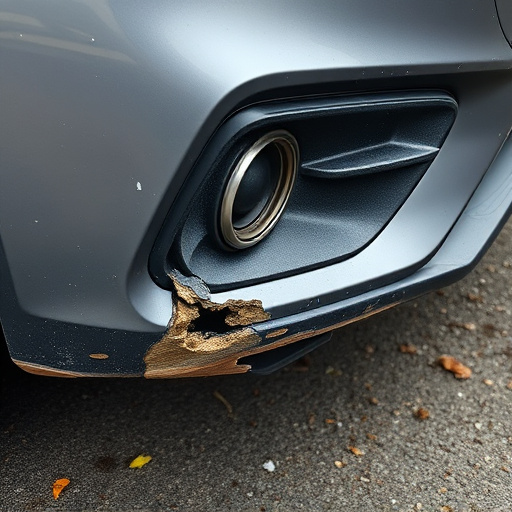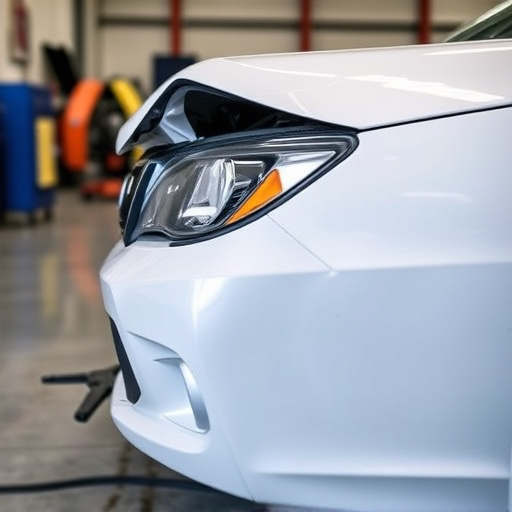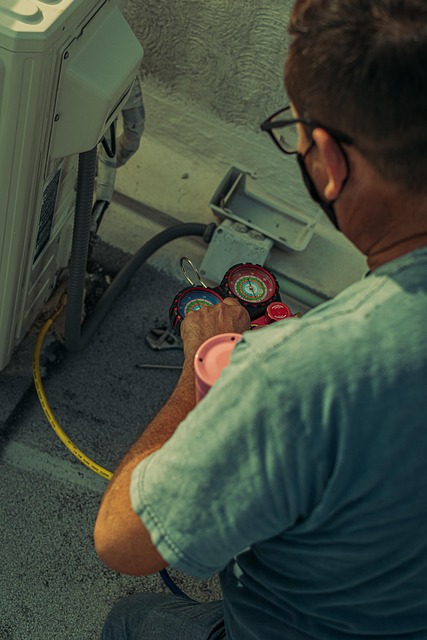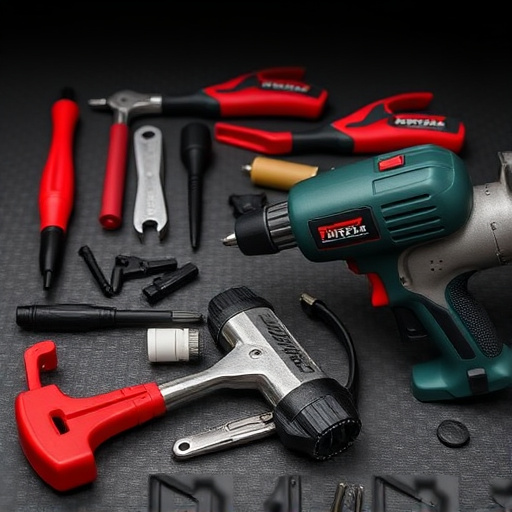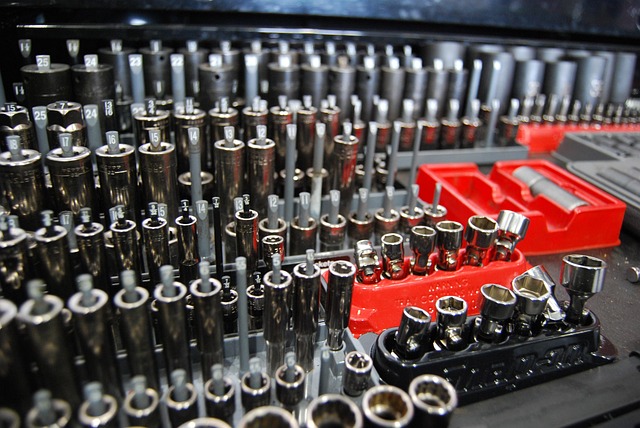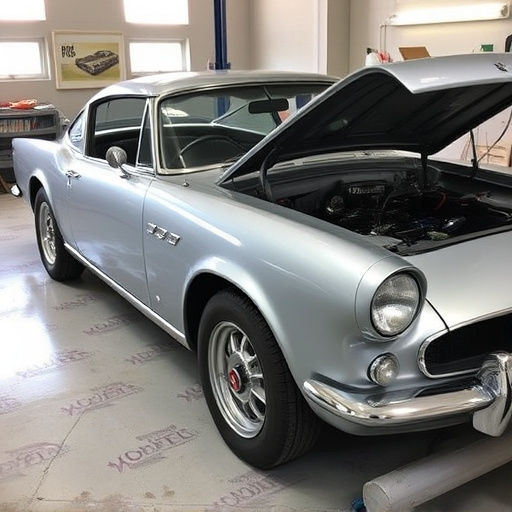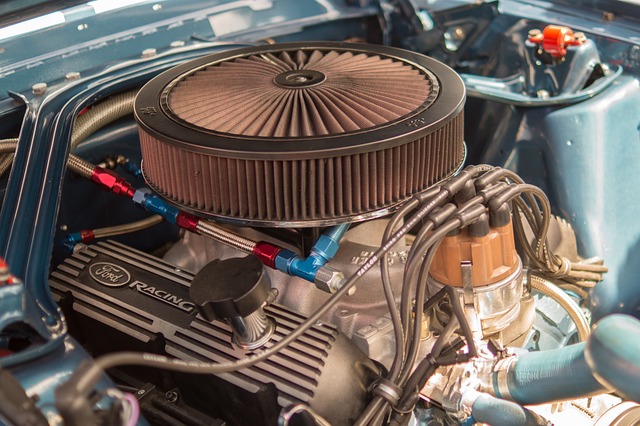Direct Repair Programs (DRPs) have dramatically reshaped the automotive collision repair landscape. By facilitating direct collaboration between insurance providers, repair shops, and consumers, DRPs streamline claims processing, offer real-time updates, and ensure high-quality repairs through approved facilities. These programs have fostered a specialized network leveraging advanced techniques like paintless dent repair. Furthermore, DRPs drive industry innovation, promoting cutting-edge safety features and methodologies, and enhancing customer experiences with faster turnaround times and better vehicle restoration. Future developments in DRPs include AI damage assessments, robotic dent removal, and sustainable eco-friendly materials.
Direct repair programs (DRPs) have transformed collision repair, fostering a paradigm shift in traditional automotive servicing. This article delves into the rise of DRPs, exploring their concept and profound impact on both consumers and the industry. We analyze the benefits they bring, from enhanced customer satisfaction to streamlined processes, while also addressing challenges. Looking ahead, we chart future prospects for DRPs, highlighting their potential to revolutionize collision repair further. Understanding DRPs is key to navigating this evolving landscape.
- The Rise of Direct Repair Programs: Exploring the Concept and Its Impact
- How DRP Benefits Consumers and the Industry: A Balanced Perspective
- Revolutionizing Collision Repair: Challenges and Future Prospects
The Rise of Direct Repair Programs: Exploring the Concept and Its Impact

The concept of Direct Repair Programs (DRPs) emerged as a game-changer in the automotive industry, particularly within the realm of vehicle collision repair. These programs revolutionized how repairs are handled, offering a more efficient and cost-effective approach to auto dent repair and paintless dent repair processes. By establishing direct communication and collaboration between insurance providers, repair shops, and consumers, DRPs streamline the traditional repair process.
In today’s digital era, where convenience and transparency are paramount, DRPs have become an integral part of the automotive landscape. They enable faster claim processing, provide real-time updates on repairs, and ensure high-quality work through network-approved facilities. This shift has not only benefited consumers by simplifying the often stressful experience of vehicle collisions but also fostered a more robust and specialized network for auto collision repair, including sophisticated techniques like paintless dent repair.
How DRP Benefits Consumers and the Industry: A Balanced Perspective
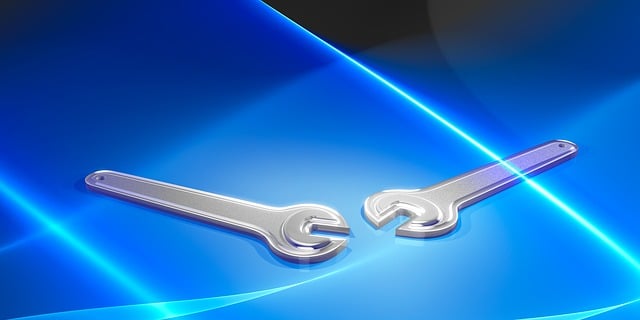
Direct Repair Programs (DRPs) have significantly transformed both the consumer experience and the collision repair industry as a whole. For consumers, DRPs offer numerous advantages, such as streamlined claims processes, guaranteed repairs from network providers, and often faster turnaround times. By partnering directly with insurance companies and repair shops, DRPs ensure that car damage repair is more accessible and affordable for everyone. This benefits the industry by promoting standardized practices, enhancing customer satisfaction, and fostering trust between consumers and repair facilities.
Moreover, these programs encourage innovation in auto bodywork techniques and technologies. Collision repair services under DRP frameworks are held to higher standards, encouraging shops to stay updated with the latest advancements in safety features and repair methodologies. This continuous improvement benefits both the industry and consumers alike, ensuring that vehicles are restored to their pre-accident condition or even beyond, using cutting-edge techniques that enhance safety and performance.
Revolutionizing Collision Repair: Challenges and Future Prospects

The advent of direct repair programs has fundamentally reshaped the collision repair industry, fostering a paradigm shift from traditional, often complex processes to streamlined, efficient solutions. These programs prioritize cost-effectiveness and customer satisfaction by encouraging repairs within the network of participating shops, thereby simplifying the claims process and reducing overall expenses.
Looking ahead, as technology continues to evolve, we can expect further innovations in direct repair programs. Integration of advanced tools like AI for accurate damage assessments and robotics for precise dent removal (auto dent repair) could become commonplace. Additionally, with a focus on sustainability, these programs may promote the use of eco-friendly materials and tire services, ensuring not only efficient repairs but also a greener future for the industry.
Direct repair programs (DRPs) have undeniably revolutionized the collision repair industry, transforming both consumer experiences and operational workflows. By fostering partnerships between insurers, repair facilities, and manufacturers, DRPs have streamlined processes, improved efficiency, and enhanced quality control. While challenges remain, the future looks bright for this game-changing model, promising further innovation and benefits for all stakeholders. As we navigate this evolving landscape, recognizing the positive impact of DRPs on both consumers and the industry is essential.
